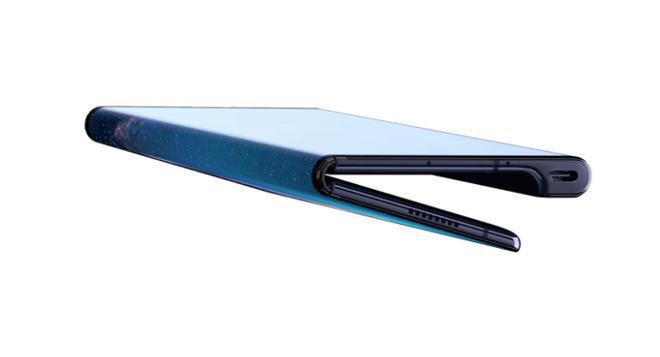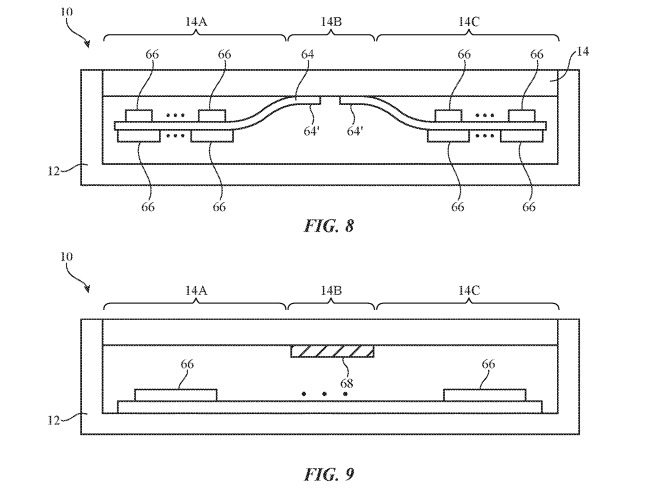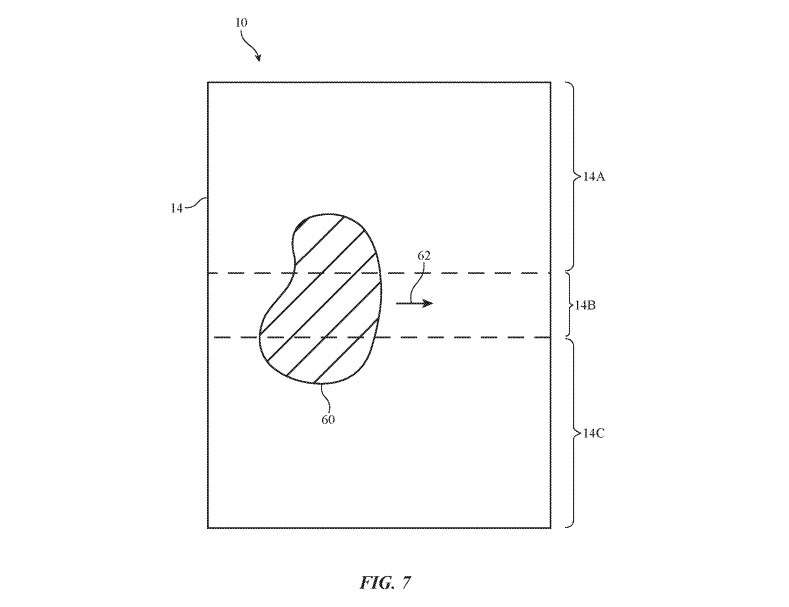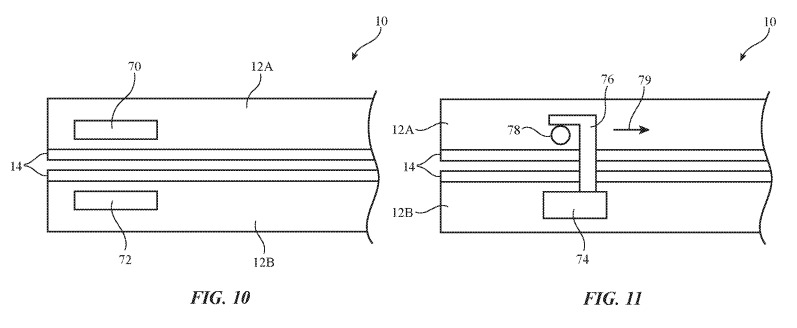Foldable iPhone heating system could prevent damage in cold weather
The Huawei Mate X, a foldable smartphone that puts the screen on the outside of the fold to minimize strain on the display panel

Cold weather will make OLED screens brittle, and will pose a problem for bendable phones. Apple is working on a series of sensors and micro-heaters to keep a foldable iPhone warm, to prevent damage.
Flexible display technology has become more important in the creation of smartphones over the last few years, with some major players in the industry already revealing their takes on the concept with foldable smartphones. The Samsung Galaxy Fold, Huawei Mate X, and the Royole Flexpai all offer a large screen that can be cut down to almost half the size, all by folding the device in half down the middle of the screen.
While the concept is clear, the early state of the technology and the first few attempts at producing a smartphone that changes into a tablet suggest that there is more in terms of refinement that needs to be done before it can be a viable product for most users. The display, the most important part of the new form factor, is also the most vulnerable and in need of improvement.
In a patent application from Apple published by the U.S. Patent and Trademark Office on Thursday titled "Electronic Devices with Flexible Displays," the iPhone maker suggests temperature could be an issue for the displays. While at or in the region of typical temperatures hospitable to humans, folding systems may work fine, but adhesives and other elements used in a device's production may become more resistant to flexing at cold temperatures, which could cause unwanted wear or damage to the display if attempted in such conditions.
To mitigate the cold temperature, Apple simply suggests there should be some way to warm up the area of the display panel where the bend takes place.
As part of Apple's solution, an onboard temperature sensor is used to determine how warm the device is, and whether or not there is any danger to allowing the screen to be flexed by the user. The warming process itself can be performed by a heating element located near to the section that bends the most, with heat conductors transferring the warmth to where it is required.
A heating element may not be practical to add to such a device, which has led to Apple suggesting an alternative, namely using the heat generated by illuminating the screen. To do this, a screensaver could be used that concentrates most on the bent section, such as by making it brighter and lit up more than the rest of the screen.
As the heating process could take time to complete, Apple notes there is a danger of the display being flexed before it is safe to do so, something it has also considered. Aside from warning the user on an attempt to bend, Apple believes the use of a latching mechanism to keep the device closed while folded may be worth investigating, both as a mechanical latch and by the folded device being held shut by magnets.
When the temperature of the area is relatively safe, the latching system can be disengaged and the user will be free to open the device once again. The patent application does not seem to answer the question of how to prevent the user from folding up an unfolded device, but it could be feasible some form of locking mechanism could be used when the smartphone is flat.
Apple files numerous patent applications on a weekly basis, but while the USPTO publishes many applications and granted patents from the company, they should serve only as an indication of Apple's areas of interest. There is no guarantee any concepts described in the filings will make an appearance in a future Apple product or service.
Apple certainly has been linked to the development of a foldable smartphone, with rumors claiming it is working with LG on displays that could potentially end up in a flexible future iPhone. Analyst speculation suggests an iPhone with a foldable display could launch as soon as 2020, but given Apple's standards, it would require the technology to be far more refined before being deployed at an iPhone's scale.
The company also has numerous other patents and applications that would be handy for a flexible smartphone, including those directly concerning flexible displays as well as wrap-around screens and hinged devices. Apple has also explored ideas of using stretchy substrates to attach components in a flexible device together, as well as how to enable force gesture controls on the hardware.
 Malcolm Owen
Malcolm Owen













 William Gallagher
William Gallagher
 Mike Wuerthele
Mike Wuerthele
 Christine McKee
Christine McKee

 Andrew Orr
Andrew Orr
 Sponsored Content
Sponsored Content








